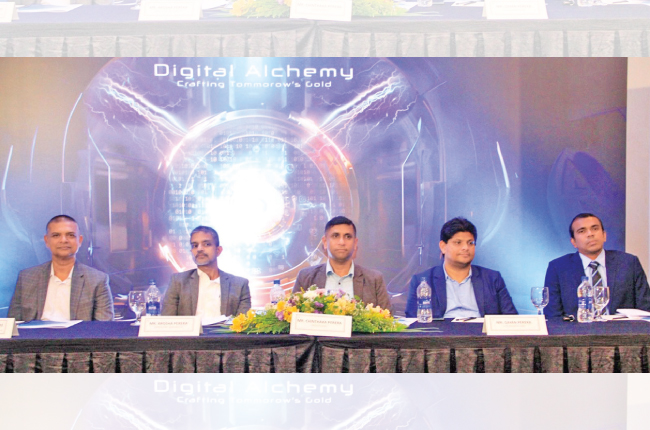Because “it’s hard to trust what you don’t understand,” Instagram decided to communicate the four things the system analyzes to decide which posts to show its users first. These “signals” concern in particular the history of interactions and likes, information linked to a post or the profile of its author.
Instagram has partially lifted the veil on the functioning of all the algorithms and programs that determine the posts that users see on their feed or in stories. The technology chosen by the people in charge of the social network has an effect on the popularity of the posts, explains a post posted on the company’s blog on Tuesday, June 8.
The head of Instagram notably revealed the four factors taking into account the prioritization of content.
Calculate the degree of palatability
The first of these criteria, dubbed “signals” by Adam Mosseri, is the profile of the publication in question. The number of likes, the duration of the possible video, the date of uploading or the subject discussed are thus analyzed by artificial intelligence.
User activity is also scrutinized, with a particular interest in posts that have been liked and areas of interest. The data concerning the author of a publication are also used by programs to determine the degree of appetite of a subscriber for a certain content. The final element on which Instagram’s system is based is the interaction history.
Predict the nature of the content most likely to be liked
The software has been designed to detect the types of posts and users who have generated the most comments or likes in an individual. All of these “signals” are used to predict the nature of the content most likely to be appreciated. This ranking “varies depending on the functionality of the app,” said the social network.
By delivering these details to the general public, Instagram explained that it wanted to put an end to the “many misconceptions that circulate” about the functioning of the social network. For example, it is inaccurate that a single algorithm decides what users see or do not see. “It’s hard to trust something you don’t understand,” he said.

























